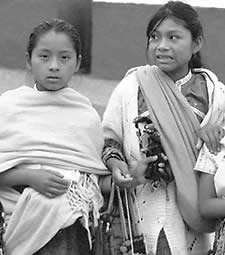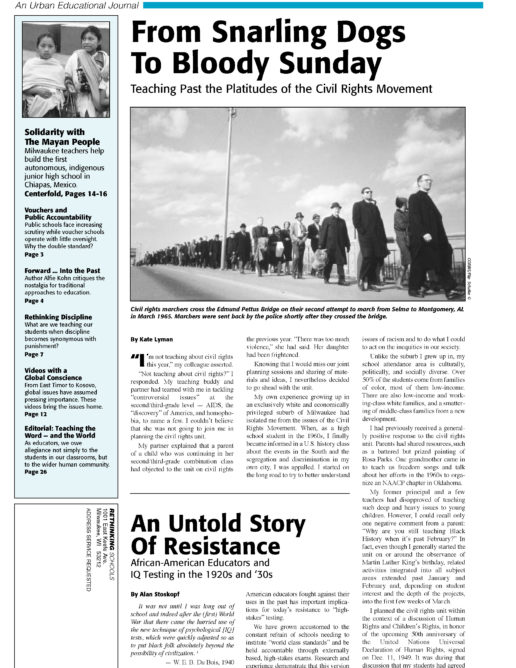Introduction: Zapatista Movement

On Jan. 1, 1994, the world learned of the Zapatisa movement when an army of 12,000 Zapatistas seized control of towns and municipalities throughout the state of Chiapas in southern Mexico. The date was chosen to coincide with the day the North American Free Trade Agreement (NAFTA) went into effect. The Zapatistas wanted to draw attention to the plight of the Mayan people, the environmental devastation of the state of Chiapas, the needs of the poor throughout Mexico, and the effect NAFTA would have on the economy of Chiapas.
The Zapatista movement grew out of decades of organizing for the rights of the Mayan people. The Maya have lived for thousands of years in what is now southern Mexico and Central America. Before the arrival of the Europeans, they had developed one of the most sophisticated of the indigenous cultures in Latin America. (The 365-day Mayan calendar, for example, was considered more accurate than that of the Gregorian calendar, and the Mayan system of mathematics was not equaled for centuries in Europe.)
Within U.S. schools, it is sometimes mistakenly assumed that the Mayan people were wiped out by the European conquest. While the Mayans have suffered centuries of oppression and discrimination, the Mayan culture endures, and more than two million Mayans live on their traditional land.
The Zapatistas are grouped into the Zapatista National Liberation Army (EZLN), which is the heart of the Zapatisa movement and is based in Chiapas, and the Zapatista National Liberation Front (FZLN), which is active throughout Mexico. The EZLN stresses that, unlike many guerrilla groups in Latin America, it has not taken up arms in order to overthrow the central government. Instead, it has done so for self-defense and for securing the rights of the Mayan people.
The Zapatistas take their name from the famous Mexican revolutionary Emiliano Zapata (1879-1919), an indigenous tenant farmer who led thousands of peasants in revolt for land and democracy. For many years, Zapata effectively controlled southern Mexico. Murdered by the Mexican government in 1919, Zapata is still revered throughout Mexico for his defense of the rights of indigenous people, in particular their struggle to regain control of their land.
In their organizing, the Zapatistas have consistently emphasized the importance of international support, both as an act of solidarity with other people suffering the ill-effects of global corporate power, and to help guard against retribution from the Mexican government.
The articles here revolve around the Zapatista-created, autonomous municipality called Aguascalientes II Oventic, and an international delegation that traveled to Oventic this summer to help build what will be the first autonomous, indigenous junior high school in Chiapas.
Oventic is situated in a rural area in the mountainous region north of the city of San Cristóbal de las Casas. Consisting of a series of communal buildings and lands, it provides resources, healthcare, and education services to the Mayan community, and acts as a cultural, political, and sports center. The Zapatistas have created five of these autonomous municipalities throughout Chiapas. All are unarmed, non-military zones. These autonomous centers are all given the prefix of “Aguascalientes,” referring to the city where, in 1914, there was a meeting of revolutionary forces that united around a democratic program.

